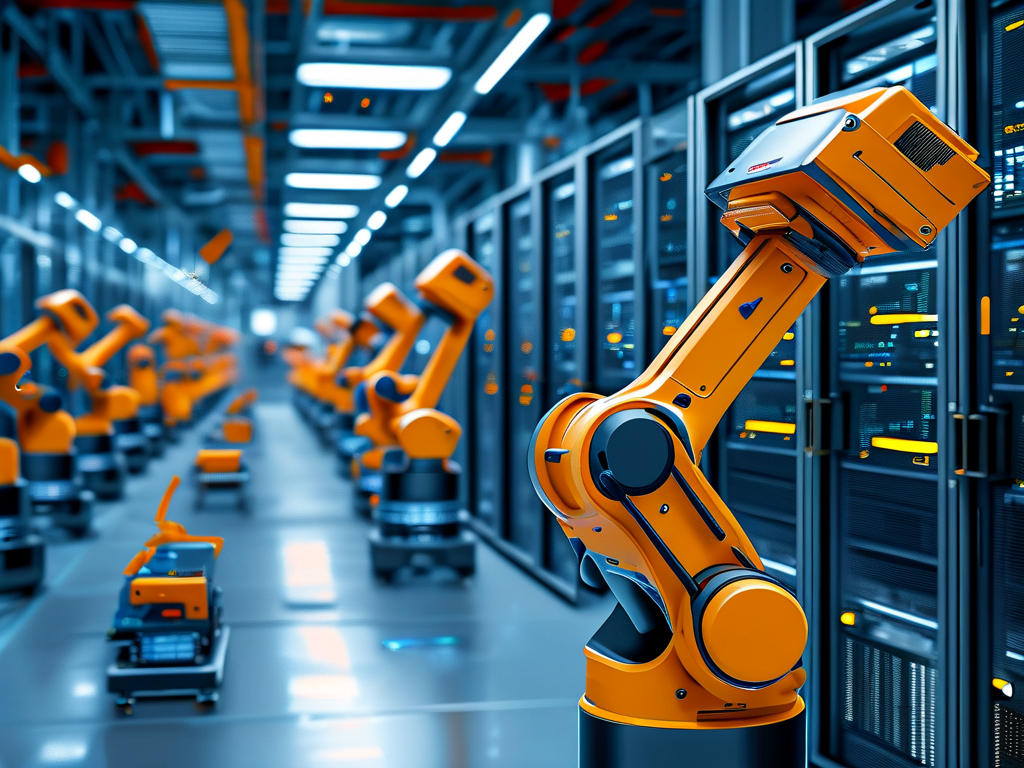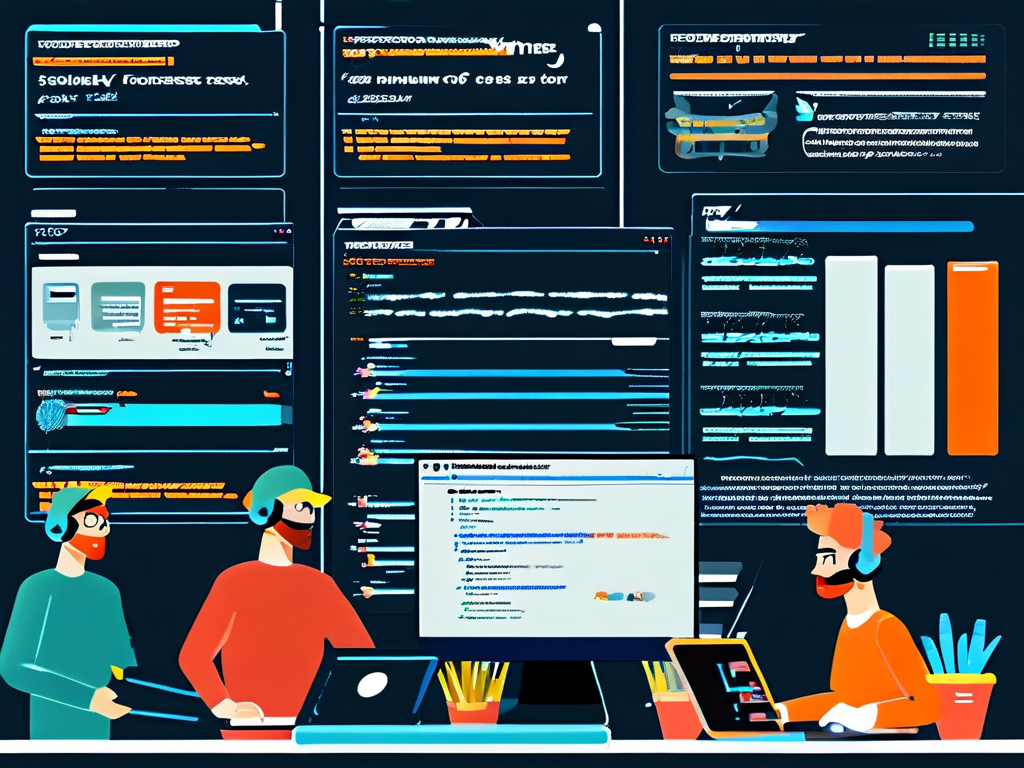The evolution of software development has been marked by paradigm shifts that redefine efficiency, scalability, and collaboration. Among these transformations, the rise of automated deployment stands as a cornerstone of modern software engineering. From manual code transfers to seamless CI/CD pipelines, automated deployment has not only accelerated development cycles but also reshaped organizational cultures and global business practices. This article explores its historical roots, transformative milestones, and lasting influence on technology and society.

The Pre-Automation Era: Chaos and Constraints
Before automated deployment became mainstream, software releases were labor-intensive and error-prone. Developers manually compiled code, configured environments, and deployed updates—a process often described as "throwing code over the wall" to operations teams. This fragmented workflow led to:
- Extended release cycles: Weeks or months between deployments.
- Human errors: Misconfigurations caused outages and security vulnerabilities.
- Siloed teams: Developers and operations staff worked in isolation, breeding miscommunication.
The early 2000s highlighted these pain points as internet adoption surged. Companies like Amazon and Google faced unprecedented scaling demands, exposing the fragility of manual processes. The need for a systematic solution became urgent.
Birth of Automation: Scripts and Tools
The first wave of automation emerged through custom scripts and rudimentary tools. System administrators wrote shell scripts to automate server setups, while tools like Make and Ant streamlined build processes. However, these solutions were limited to specific tasks and lacked integration.
A pivotal moment arrived with the Agile Manifesto (2001), which prioritized iterative development and collaboration. Agile’s emphasis on frequent releases clashed with manual deployment bottlenecks, catalyzing demand for end-to-end automation.
CI/CD: The Game Changer
The of Continuous Integration (CI) and Continuous Deployment (CD) frameworks in the mid-2000s marked a turning point. Tools like Jenkins (2004), Travis CI (2011), and GitLab CI (2014) enabled developers to automate testing, integration, and deployment. Key innovations included:
- Version control integration: Syncing code changes with deployment pipelines.
- Infrastructure as Code (IaC): Tools like Chef (2009) and Ansible (2012) allowed environment configurations to be versioned and automated.
- Cloud adoption: Platforms like AWS (2006) and Kubernetes (2014) provided scalable infrastructure, enabling dynamic resource allocation.
These advancements reduced deployment times from days to minutes while minimizing human intervention. For example, Netflix’s transition to automated deployment in 2009 allowed it to handle billions of daily streaming requests with near-zero downtime.
Cultural Shifts: DevOps and Collaboration
Automated deployment didn’t just change workflows—it redefined team dynamics. The DevOps movement, emerging around 2008, bridged the gap between development and operations. By automating deployment, organizations fostered:
- Shared responsibility: Developers and ops teams collaborated on pipeline design.
- Rapid feedback loops: Bugs were detected earlier, reducing fix costs.
- Experimentation culture: Features could be tested in production via canary releases and A/B testing.
Companies like Etsy and Facebook became poster children for DevOps success. Etsy’s "Deployinator" system, for instance, enabled over 50 daily deployments, boosting innovation speed.
Economic and Societal Impact
The ripple effects of automated deployment extend far beyond tech teams:
- Business agility: Startups leverage automation to compete with enterprises by iterating rapidly.
- Global scalability: Cloud-based automation supports services like Zoom and Slack, which scaled globally during the COVID-19 pandemic.
- Job market evolution: Roles like Site Reliability Engineer (SRE) emerged, blending software and systems expertise.
However, challenges persist. Over-reliance on automation risks complacency, as seen in high-profile outages caused by flawed pipeline configurations. Security concerns also loom, with automated systems becoming targets for supply chain attacks.
The Future: AI and Beyond
Today, automation is entering a new phase with AI-driven deployment. Machine learning models predict deployment failures, while tools like GitHub Copilot (2021) assist in pipeline scripting. The rise of serverless architectures further abstracts infrastructure management, pushing automation to new frontiers.
Yet, the core philosophy remains: automation empowers humans to focus on creativity rather than repetitive tasks. As Kubernetes co-founder Brendan Burns noted, “The goal isn’t to replace people but to amplify their capabilities.”
Automated deployment is more than a technical convenience—it’s a catalyst for innovation. By transforming how software reaches users, it has redefined industries, enabled global connectivity, and set the stage for future breakthroughs. As AI and edge computing evolve, the principles of automation will continue to shape the digital landscape, proving that efficiency and human ingenuity are not mutually exclusive but mutually reinforcing.









